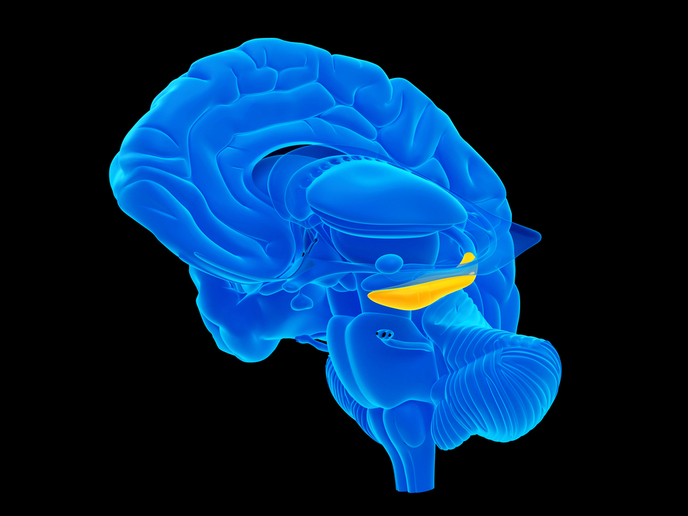Pollution affecting frog reproductive system
EC-funded EASYRING project set out to identify novel biomarkers that would reveal pollutant level in aquatic species, with particular focus on endocrine disruptors (EDs). Researchers aimed to pinpoint new sets of biomarkers that can be used to reveal information regarding ED levels in the mucus membranes of aquatic species such as frogs. Project partners at the Berlin-based Institute of Freshwater Ecology and Inland Fisheries studied the effects of a series of EDs on Xenopus laevis (African clawed frog). More specifically the impact of EDs was assessed in reference to the hypothalamus-pituitary-gonad axis, regulating reproduction. The exposure studies were carried over a period of four weeks involving male and female adult members of the species. The EDs that were used represented both (anti)estrogenic and (anti)androgenic modes of action and included tamoxifen and flutamide. Water from the Lambro river was also used as a control in the studies. The results indicated that gonadotropin mRNA expression is differentially regulated by (anti)estrogenic and (anti)androgenic EDs, which could be of pivotal importance in toxicity studies. These data imply a clear link between EDs and reproductive system dysfunctions in these amphibians and under the particular testing conditions.







